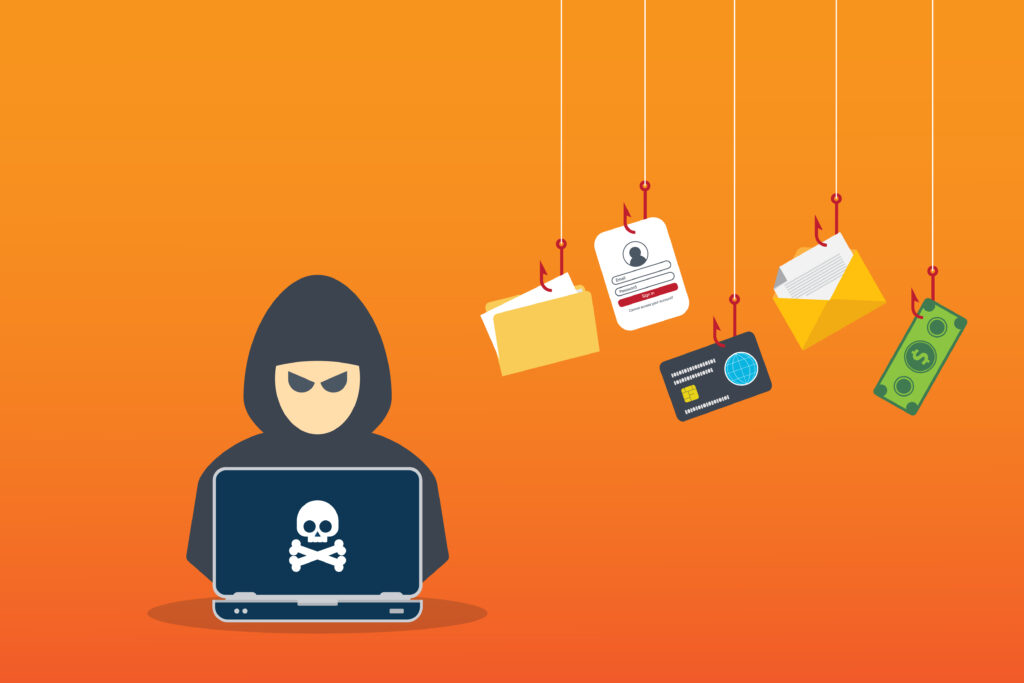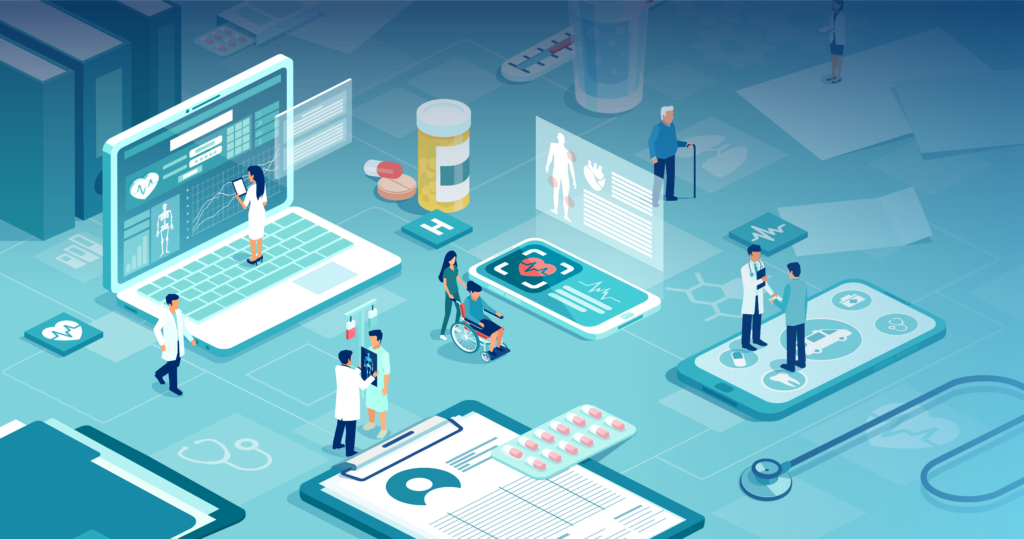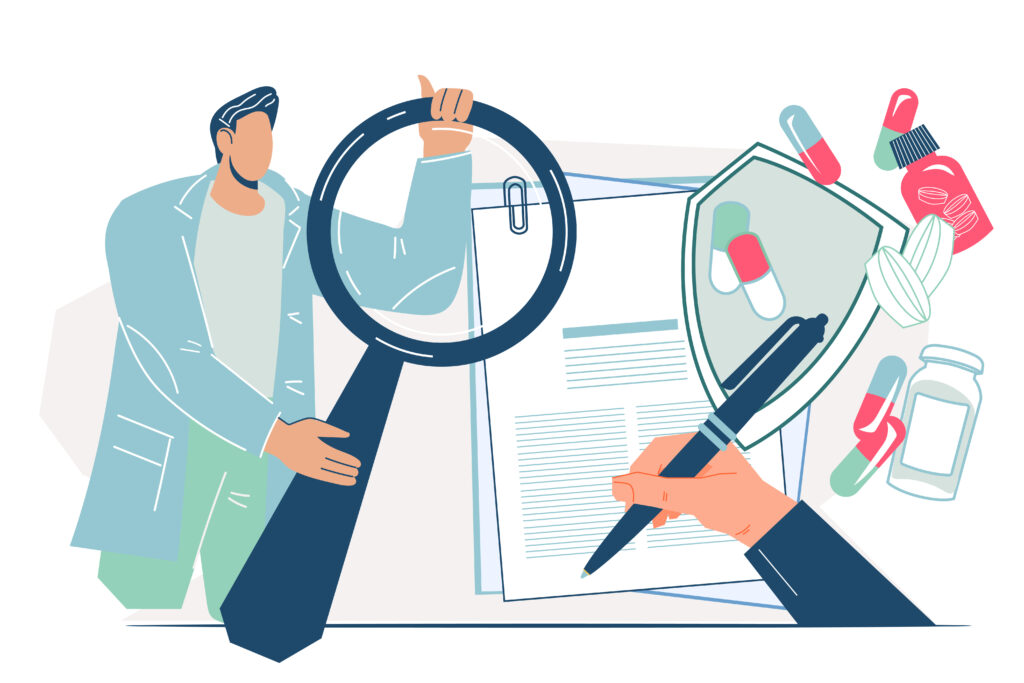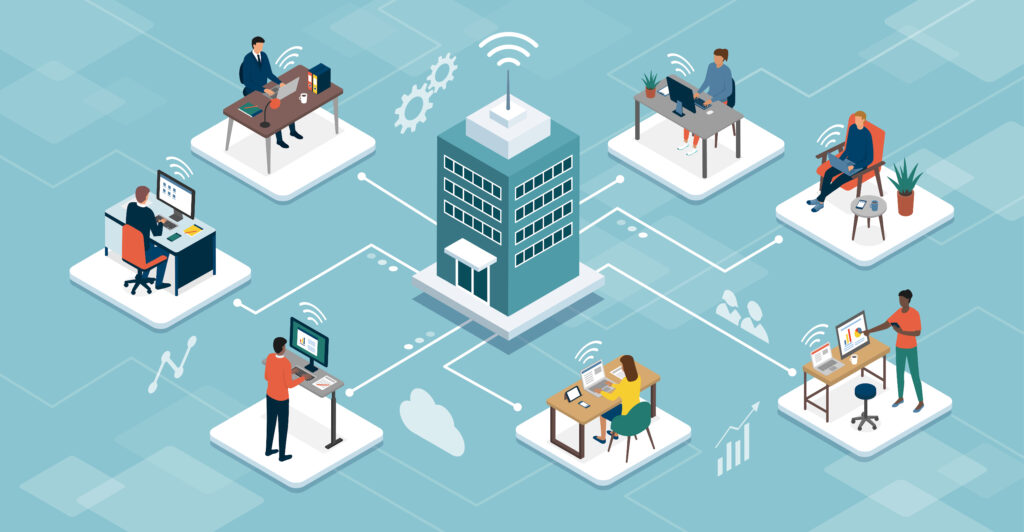Clear, timely, and respectful communication isn’t just good manners in the legal profession—it’s the foundation of trust, the fuel for strong client relationships, and often the difference between a positive recommendation and a complaint to the disciplinary board. Whether you’re new to the profession or looking to refine your approach, strong communication skills are essential to being a successful attorney.
Without further ado, here are six rules every lawyer should follow to communicate like a pro, build client confidence, and avoid common pitfalls.

Set expectations. Don’t assume clients know how, when, and where your communications will come. Make sure it’s crystal clear from day one. Communicate when and how often you’ll respond to messages, what kind of updates they can expect, and who else they might hear from on your team. If there are certain hours where you have zero availability and will be unreachable, let them know.
Setting expectations early on helps avoid misunderstandings and strives for a more transparent attorney-client relationship.
Be prompt with responses. If your client reaches out to you with questions, don’t put off answering them. Even if you’re diligently working on the case or up to your neck in paperwork, it takes less than a minute to acknowledge receipt. A client could equate silence with neglect and their stress might start to build if they don’t hear from you. To diminish their anxiety, shoot them a quick message saying, “Just wanted to let you know I’m working on this and will have more information later,” or “Thanks, got your email, I will respond to your questions later today.” A small communication like this can go a long way in building your client’s trust. Responsiveness signals reliability and that’s exactly what they’re looking for.
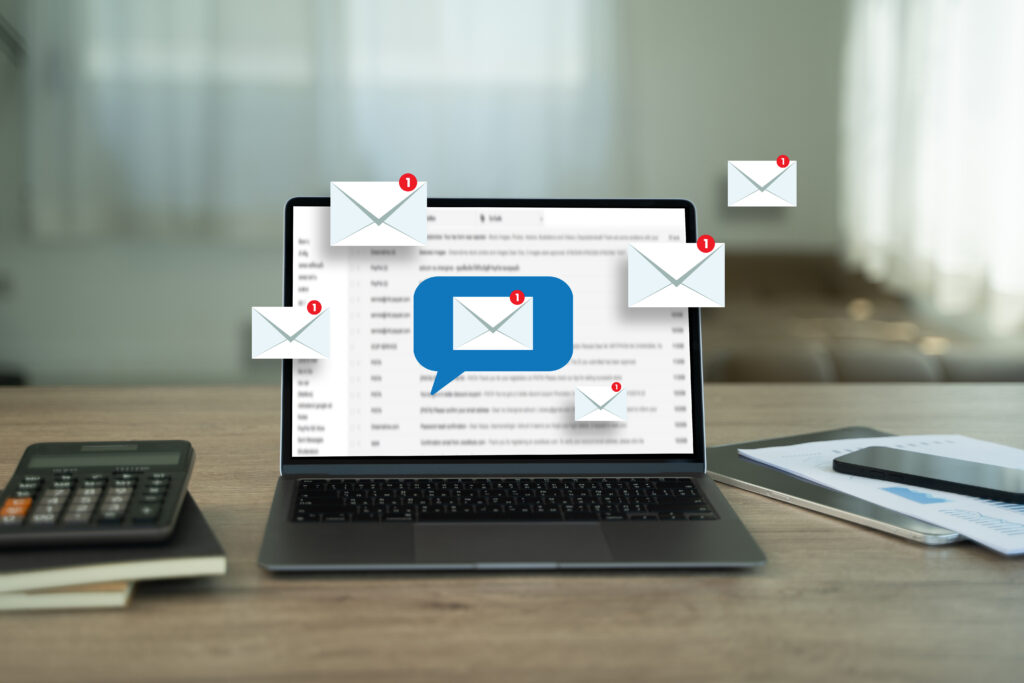
Avoid speaking “Legalese.” Your client didn’t go to law school so don’t make them haul a dictionary to your meetings—they’ve got enough on their mind as is. Instead, make an effort to use plain language over legal jargon. Break down the complexities and encourage them to ask questions about anything they don’t understand. Instead of “We’ll file a motion to dismiss under Rule 12(b)(6),” try “We’ll ask the judge to dismiss the case because the opposing side hasn’t stated a valid legal claim.” Clear communication is a sign of respect and will leave your client feeling heard and understood.
Keep your client in the loop. You might be steering the legal strategy, but your client is the one who is truly in the driver’s seat. Keep them informed about key decisions and major deadlines so that they can make informed choices. Always be ready to detail their options and provide your professional opinion.
While it’s good to keep them involved and in the know, try to avoid overwhelming them, too. Don’t flood their inbox with every little procedural update. Stick to the big picture.

Document everything. Good communication involves both verbal and written skills. Keep valuable notes for every meeting that takes place, detailing important strategies and case developments. A paper trail will double as a useful reference and protect you if misunderstandings arise later on. It also provides extra clarity for your client to give them detailed notes.
Practice empathy. It’s easy to let the logical side of your brain lead the way; after all, lawyers deal in logic. But keep in mind that most clients come to you from difficult, emotionally charged situations. A contract dispute, estate planning, a divorce, a custody battle. You might work with these issues on a daily basis, but for them it is a major life event. So be patient. Show compassion. Your clients will remember how you made them feel, long after that final bill has been paid.
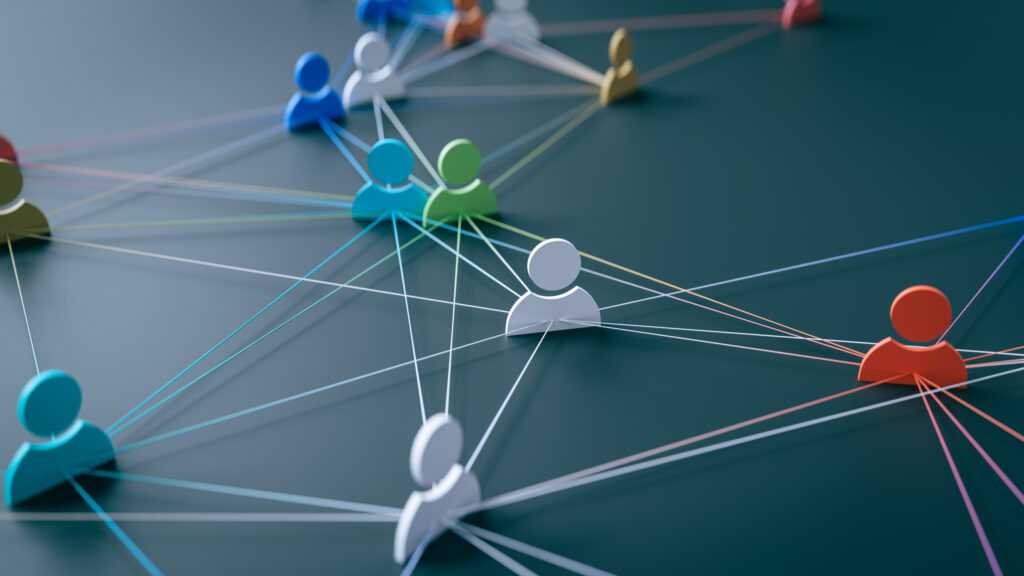
The most successful lawyers aren’t just great legal minds who know the ins and outs of the law—they’re also clear communicators, patient listeners, and trusted advisors. These six rules will help sharpen your communications skills all while having a positive, lasting impact on your client.
Let your communication be as strong as your legal arguments. Your clients (and your reputation) will thank you!

















